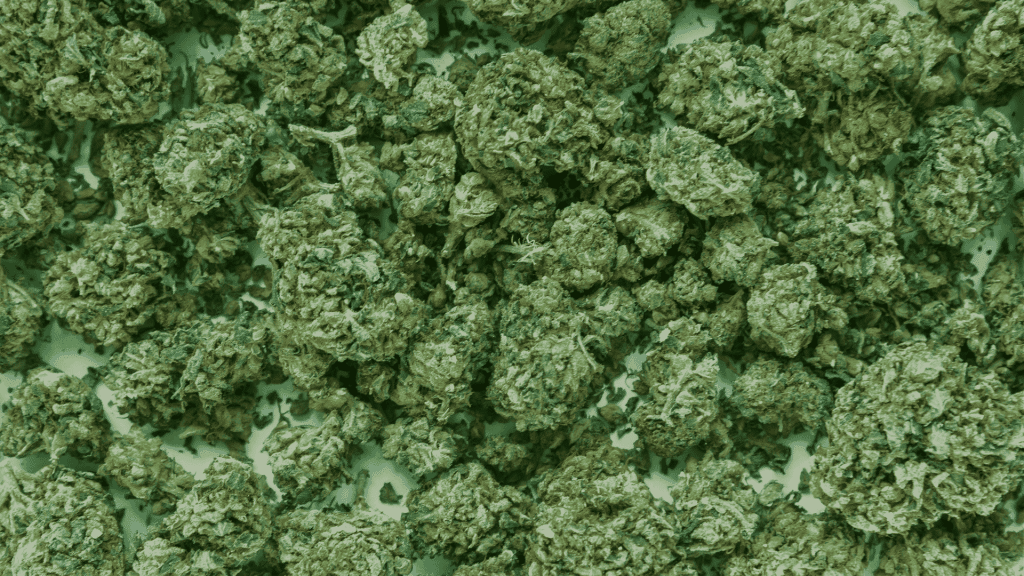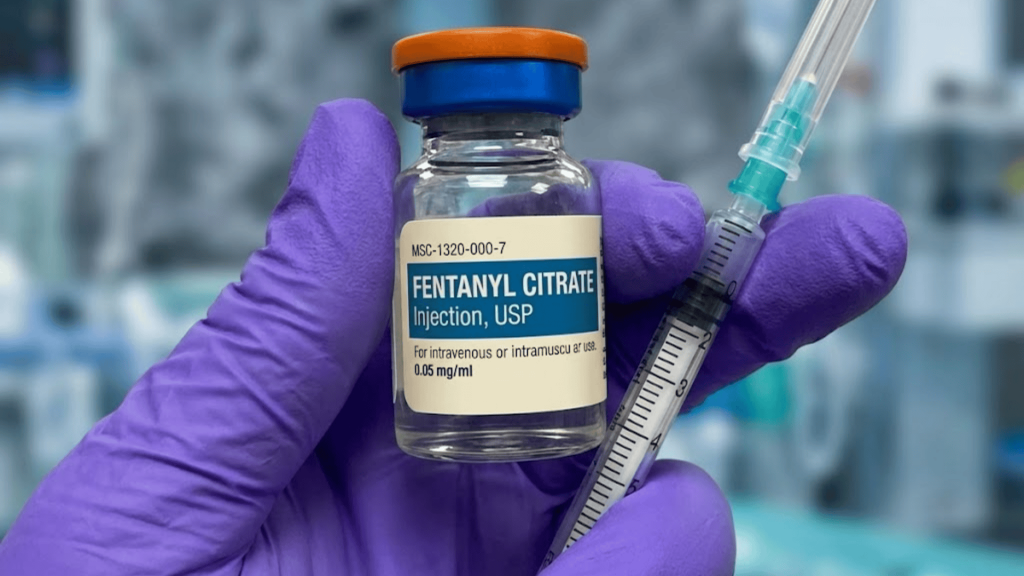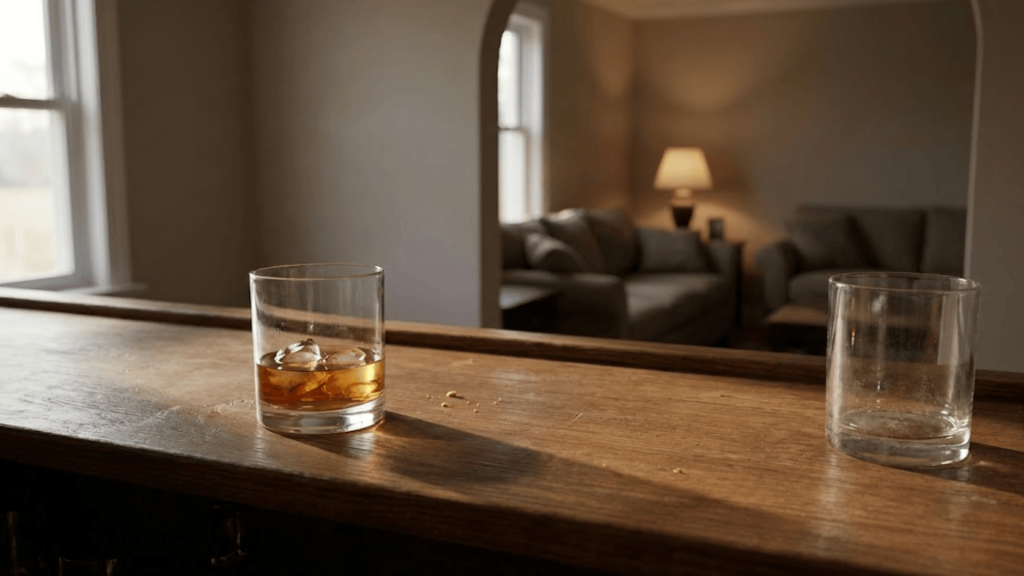I’ve heard the same goal from growers again and again: dense buds that move fast. PGRs promise that they look and weigh. But there’s a price you don’t always see at first.
I’ve watched growers chase that perfect look only to lose resin quality, aroma, and brand trust over time.
When pressure hits, quick fixes look tempting, but they quietly change what’s happening in the soil, the plant, and the system behind it.
Today, I’ll walk through why PGRs attract so many teams and what happens when you rely on them too long. Then I’ll show better ways to achieve that density without sacrificing quality or trust.
What are PGRs and Why Growers Use Them
PGRs are plant growth regulators. In cannabis, they’re used to steer plant processes for shape, timing, and size. They act through plant hormones you already know about: gibberellins, cytokinins, and auxins.
When you modify those signals, you can slow vertical stretch, tighten internodes, and guide how flowers form.
For a busy facility, that sounds useful. It keeps plants shorter, more uniform, and easier to manage under fixed lights. But every time you force that control, the plant shifts focus away from natural resin and aroma.
Why do some teams reach for them?
- Faster flowering or tighter schedules
- Heavier, tighter buds that look uniform
- Better bag appeal for buyers who judge by sight
Common synthetics you’ll hear about include paclobutrazol, daminozide, and chlormequat chloride.
They can slow stem elongation and push a chunky look. But that same shift can change resin and aroma in ways you don’t want.
Think of hormones as traffic signals. Gibberellins tell cells to lengthen. Cytokinins tell cells to divide. Auxins help guide direction and shape. When a product blocks or ramps those signals, the plant follows that plan, even if it isn’t ideal for resin.
In practice, you see shorter plants, tight nodes, and flowers that pack tightly. That can help with a low ceiling or an uneven room. But the flip side is real.
You can trade away aroma and smoke quality for looks and weight. But if you want your brand to live on repeat sales, that’s a problem you’ll feel in month three, not week one.
The Economic Temptation Behind PGRs
I understand why people still use them. The market rewards dense, heavy flowers, and wholesale buyers often make choices by sight alone. I’ve seen how teams can get squeezed by slim margins.
On paper, PGRs seem appealing; more weight per square foot and cleaner, tighter racks. But those short-term gains can cost you later. Soil life takes a hit, and your brand can too if labs or partners flag residue issues. Distributors remember, and consumers talk.
PGRs also look good for timing control when partners want consistent drops. But that one-page spec sheet doesn’t show what’s really happening in your living systems. If microbes crash, you’ll pay for it somewhere else. That’s not the kind of math I trust.
How PGRs Affect Cannabis Physiology
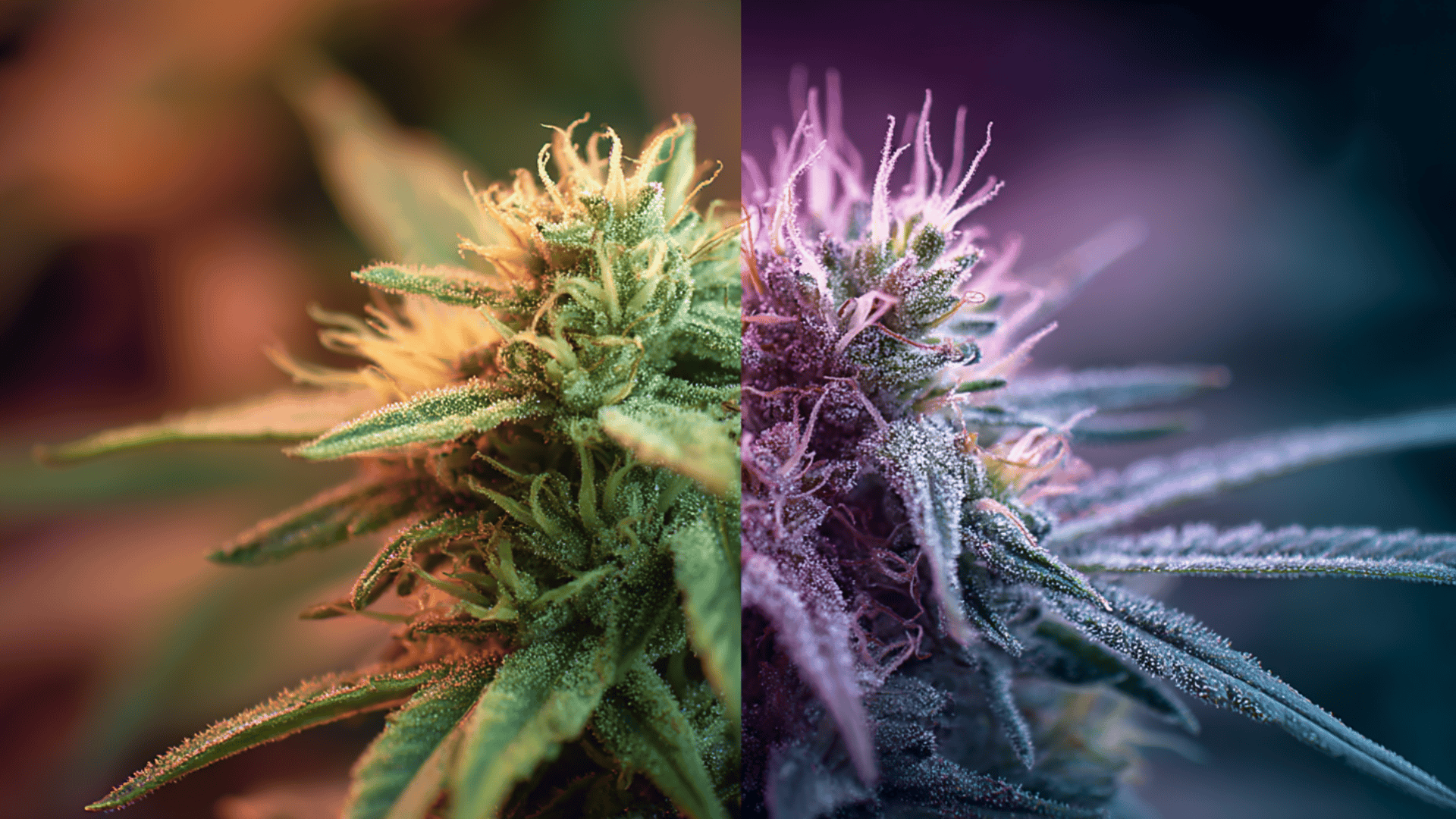
- Hormone disruption: PGRs alter the natural hormone balance that controls cell growth and division. This changes how the plant builds tissue and develops flowers.
- Denser flowers: The hormonal shift encourages compact, heavy buds, which may look impressive but often come with internal trade-offs.
- Reduced trichome development: PGRs can slow or distort trichome formation, resulting in fewer resin glands and lower oil content per gram.
- Potency trade-off: You may gain physical weight, but potency often drops due to reduced cannabinoid concentration.
- Terpene suppression: Aroma and flavor can flatten as terpene production declines, affecting overall quality and consumer appeal.
- Market impact: While dense buds sell fast initially, loss of aroma and smoothness hurts repeat sales and long-term brand trust.
Here’s a quick field check.
Compare trichome coverage under identical lighting conditions on plants grown with and without PGRs. Focus on trichome heads, not just surface density. Many growers find fewer intact heads and less visible resin when chasing that tight, weighty appearance.
You can also test by feel and scent.
Break open a cured flower and check the grind. Healthy resin leaves a light stickiness on your fingers, not a dry or powdery texture. Pay attention to aroma release. Clean flowers release a layered scent that lingers, while PGR-heavy buds often smell muted, fade quickly, or carry a faint chemical note.
If it feels flat or short-lived, that’s a clear sign the plant’s natural balance was disrupted.
Legal and Compliance Considerations
Several regulated markets forbid specific synthetic PGRs in cannabis. Paclobutrazol and daminozide appear on many “do-not-use” lists, while chlormequat chloride faces strict limits in food and is banned in cannabis production in many regions.
If a licensed site is caught using banned inputs or shipping tainted product, the consequences can include:
- Fines or product holds
- Mandatory recalls
- Suspension or loss of license
That risk isn’t worth a small bump in short-term weight. Third-party testing and clear input logs help you stay compliant and prove it.
Regulations vary by state, province, and country, and local authorities can impose tighter standards on licensed operations. That’s why it’s smart to maintain a written input policy and a batch-specific list of approved products.
Clearly define:
- Which materials are approved
- Where they’re sourced
- How and when they’re applied
Every record should include:
- Supplier name
- Product lot number
- Application rate
- Date and room
- Plant phase
Keeping these details organized makes audits faster and cleaner, while protecting your license and reputation.
Long-Term Risks for Growers
| Risk Area | What Happens | Long-Term Impact |
|---|---|---|
| Residue buildup | Leftover chemicals linger in soil, coco, or system lines, stressing new plants. | Weak roots, slower recovery after pruning, and more pest flare-ups. |
| Quality drift | Buds look dense, but smoke harsh or flat. Aroma and flavor fade. | Retailers and loyal buyers lose confidence; repeat sales drop. |
| Cultivar stress | Repeated stress causes hormonal imbalance and weak rooting in clones. | Increased risk of herm traits and unstable growth over time. |
| Team morale | Complex, chemical-heavy systems make daily work harder and less consistent. | Clean, simple inputs improve training, safety, and team pride. |
Small details add up. When you keep inputs clean and systems stable, the plants stay stronger, the smoke stays better, and your people stay happier. That’s the kind of balance that keeps your brand solid for the long run.
Safe and Natural Alternatives to PGRs
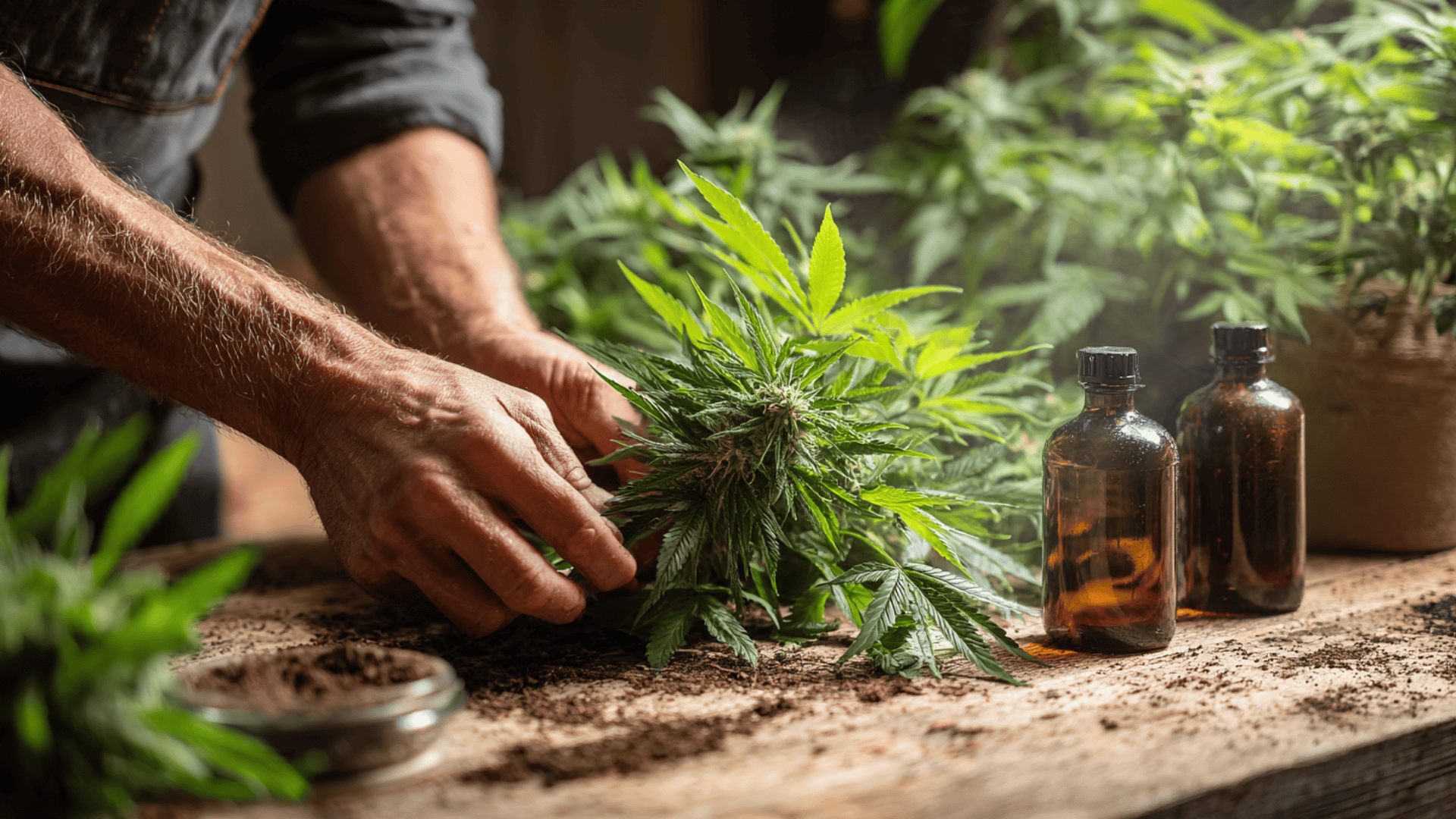
If your goal is dense, good-looking buds, you can get there without synthetics. The best results come from steady biology, balanced light, and consistent training.
Before buying anything new, check your setup. Most density issues come from uneven canopy, wrong light height, or poor airflow. A quick mapping session can solve what months of chasing products won’t.
| Method / Product | Purpose / Benefit | Usage Tips |
|---|---|---|
| Kelp Extract | Supports natural hormone signals and balanced growth. | Use light doses as a foliar spray or gentle root feed during the vegetative stage. |
| Chitosan | Strengthens cell walls and triggers natural plant defenses. | Encourages sturdy structure without harsh side effects. |
| Humic and Fulvic Acids | Improve nutrient transport through the root zone for better color and flower formation. | Apply regularly to maintain nutrient flow and overall plant health. |
| Molasses and Compost Teas | Feed beneficial microbes that stabilize your soil biology. | Keep brews clean, cool, and screened before applying. |
| Light Planning | Ensures even canopy development and proper bud density. | Match PPFD and DLI levels to each cultivar to correct uneven light issues. |
| Pruning and Training | Improves airflow, light penetration, and structure. |
Use soft LST and light cleanup before stretch for optimal results. |
These tools take some planning, but they work with the plant, not against it. You’ll see tighter flowers, richer aroma, and cleaner lab results over time.
Quick pointers:
- Go easy with kelp during veg or right after transplant; it helps plants grow steadily without stretching.
- Start slow with chitosan and see how each strain reacts before increasing the dose.
- Use humic and fulvic acids in moderation to keep color even when EC starts to drift.
- Keep your compost tea tools clean and always use fresh brews for best results.
- Check your light spread with a meter and tweak bar angles to cover edges evenly.
- Stick with one training style per room: simple and consistent plans work best.
Checklist for density without PGRs:
- Keep an even canopy: Make sure all tops get equal light by mapping your light levels and adjusting height as plants grow.
- Maintain stable conditions: Watch your VPD and night temperatures. Steady environments help plants stack naturally.
- Prune and trellis on schedule: Time your pruning and training to open airflow and guide bud growth.
- Feed clean and balanced: Use nutrient mixes with proper EC and pH to keep uptake consistent.
- Check roots weekly: Look for color, smell, and structure. Take notes and photos to track progress over time.
Run this routine for two harvests and compare your results. You’ll see tighter bud formation, stronger aroma, and fewer issues; proof that plants perform best when you let them lead.
Practical Steps to Transition Away from PGRs

The first step is a full reset. If you’ve used synthetics, start by cleaning everything to give your plants a fresh base.
- Soil or coco: Flush several times with light irrigation to leach out residues. Then reintroduce life with quality compost and mycorrhizae.
- Hydro systems: Drain and scrub all lines, trays, and reservoirs. Replace any media that can hold leftover chemicals.
- Feeds: Keep it simple. Use a clean base nutrient and proven bio-stimulants. Hold EC steady and avoid big swings that stress the plant.
- Light and environment: Re-map your lighting and control your VPD. Keep night temps steady to avoid shock and support consistent growth.
Once the system is clean, expect a slight shift in timing for the first run. I’ve seen teams make this switch and notice better flavor by harvest two. Yields stayed solid once lighting and canopy were dialed in.
Plan the change like a small project. Set a clear start date, define your goals, and track the results. You can log EC drift, PPFD by zone, and even create a small aroma test panel to measure improvement.
Change one thing at a time so you can read what the plant is telling you. Take photos under the same light each week, on the same day, and save them in a shared folder by room. It helps you see real progress over time.
When you keep things clean and consistent, your plants and your business both benefit long-term.
Building Consumer Trust Through Transparency
Buyers today are smart. They read labels, check lab results, and ask real questions, and that’s a good thing. You can turn that curiosity into lasting trust.
- Share your process openly: Post your input policy on your website. Let people see what goes into your grow and what stays out.
- Show your results: Upload recent lab tests and keep them updated. Visible data builds confidence fast.
- Train your team: Make sure budtenders understand your growing methods and can explain them clearly to customers.
- Use third-party verification: Certifications or clean-growing marks help reinforce your commitment to transparency.
- Respect the buyer’s trust: When you share results and input details, you’re showing that their safety and time matter to you.
- Simplify for partners: Create a one-page summary for wholesale buyers. Include what you use, what you avoid, and how you test for quality.
- Add easy access: Print QR codes on jars that link directly to batch results. That small detail speaks volumes about honesty and care.
Being transparent doesn’t just protect your brand; it builds a community around it. Once people trust what’s in your product, they’ll keep coming back.
Conclusion
It’s easy to chase shortcuts when pressure hits. I’ve seen it happen. But in the long run, those quick fixes cost more than they give.
If your goal is dense buds that keep selling, focus on plant health, balanced light, and a clean, consistent process. That’s where lasting quality comes from.
As I see it, integrity outgrows any shortcut. Choose methods you’re proud to stand behind. The market notices, and customers remember the growers who stay true.
When your plants are balanced and your system is clean, aroma deepens, smoke improves, and buyers keep coming back, season after season.

